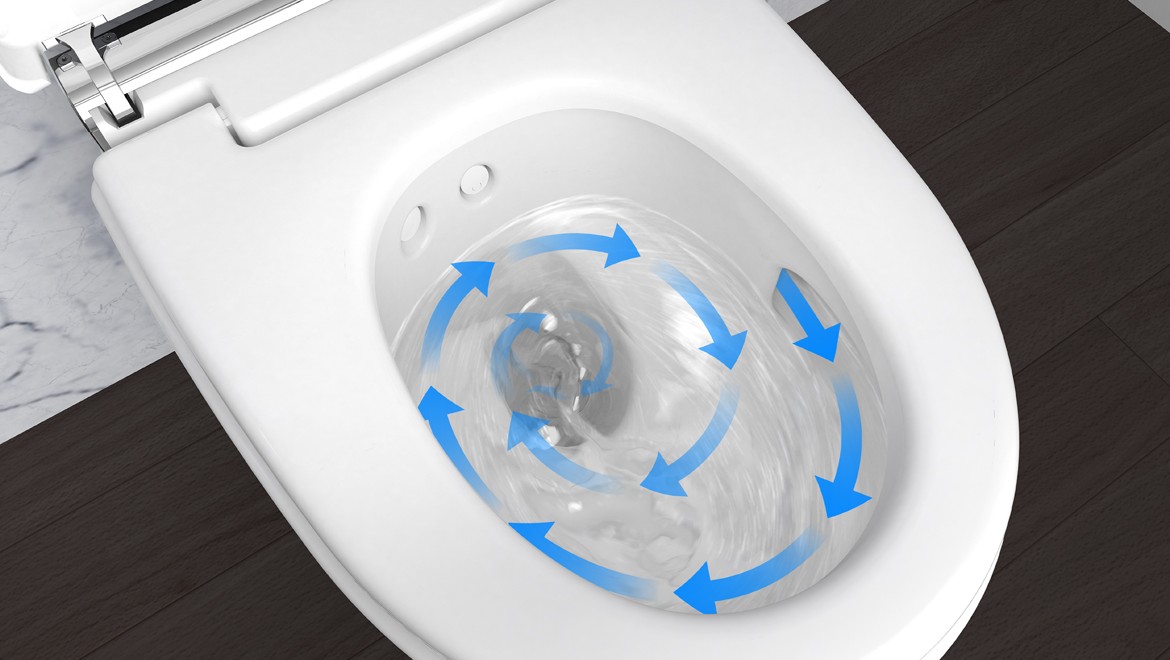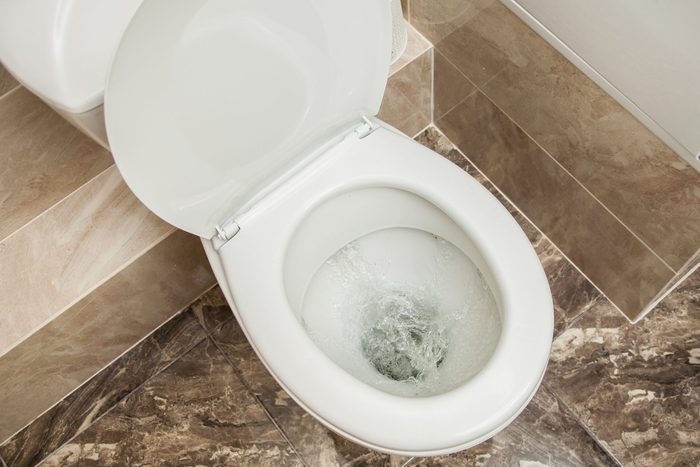In today's world, being mindful of our consumption habits, especially regarding water, is crucial for preserving our planet. For professionals in quality assurance, ensuring that products are both efficient and environmentally friendly is vital to promote sustainable practices. Bathrooms, notorious for high water usage, present an excellent opportunity to implement eco-friendly initiatives. Thankfully, there are numerous water-saving toilets designed to help you champion sustainable bathroom design.
Whether you're planning a complete bathroom makeover or simply seeking to minimize your household's water consumption, it's essential to grasp the features of modern water-efficient toilets. This article provides valuable insights on how to choose the best water-saving toilets that meet industry standards while embracing practicality and environmental responsibility.

The Evolution of Toilets: From Traditional to Efficient
Toilet design and technology have transformed dramatically over the years. Older toilets often used between 3.5 to 5 gallons per flush, which is unsustainable by today's standards. With a growing emphasis on sustainability, newer models now use less than 1.6 gallons per flush a benchmark established by the Environmental Protection Agency's WaterSense program. This certification not only helps lower water bills but also alleviates pressure on sewage systems.
Decoding Dual-Flush and High-Efficiency Toilets
Dual-flush toilets provide two flush options: one for solid waste and a smaller option for liquids, facilitating significant water conservation without compromising performance. High-efficiency toilets (HETs) leverage advanced technology to deliver powerful flushing action while consuming minimal water. These models have gained popularity in new installations due to their remarkable water-saving capabilities.
Dual-flush and HETs are excellent choices for both residential and commercial settings, offering flexibility and efficiency that greatly reduce yearly water consumptionan essential aspect of sustainable building practices.
Selecting the Ideal Model for Your Needs
When looking for the best water-saving toilet, consider multiple factors including flush performance, water usage per flush, and comfort features. It's advisable to look for WaterSense labels and evaluate customer reviews to ensure reliability and satisfaction.
To enhance water efficiency further, you might find additional conservation tips by visiting Seametrics.
For information on smart solutions for monitoring water usage, check out smart water monitoring.
Installation and Financial Considerations
The process of installing a water-saving toilet and the associated costs are vital elements to consider. While water-efficient toilets can lead to reduced water bills over time, the initial purchase and installation costs are significant factors in your decision. Its essential to ensure that the chosen toilet integrates well with your existing plumbing and bathroom design for long-lasting benefits.
To learn more about the advantages and financial savings of water-saving toilets, explore insights from Ressler and Mateer.

Common Questions about Water-Saving Toilets
-
What is the typical water usage of a water-saving toilet?
Currently, modern water-saving toilets use around 1.28 to 1.6 gallons per flush, in accordance with WaterSense program standards. -
Are dual-flush toilets more efficient compared to traditional models?
Yes, dual-flush toilets provide the option of a full or half-flush, leading to a marked decrease in water usage relative to traditional toilets. -
In what ways do water-efficient toilets support environmental preservation?
By minimizing water waste, these toilets significantly reduce the demand on freshwater resources, thereby supporting global sustainability efforts.
To summarize, choosing the best water-saving toilet not only emphasizes effective resource use but also aligns with broader goals of environmental sustainability. As advancements in toilet technology continue to unfold, incorporating these products into homes and businesses demonstrates a strong commitment to protecting our planets resources. For further details on how eco-friendly toilets can translate into water and financial savings, visit Toilet King. If you're interested in DIY initiatives related to water-saving fixtures, explore options available at Home Water Works.






